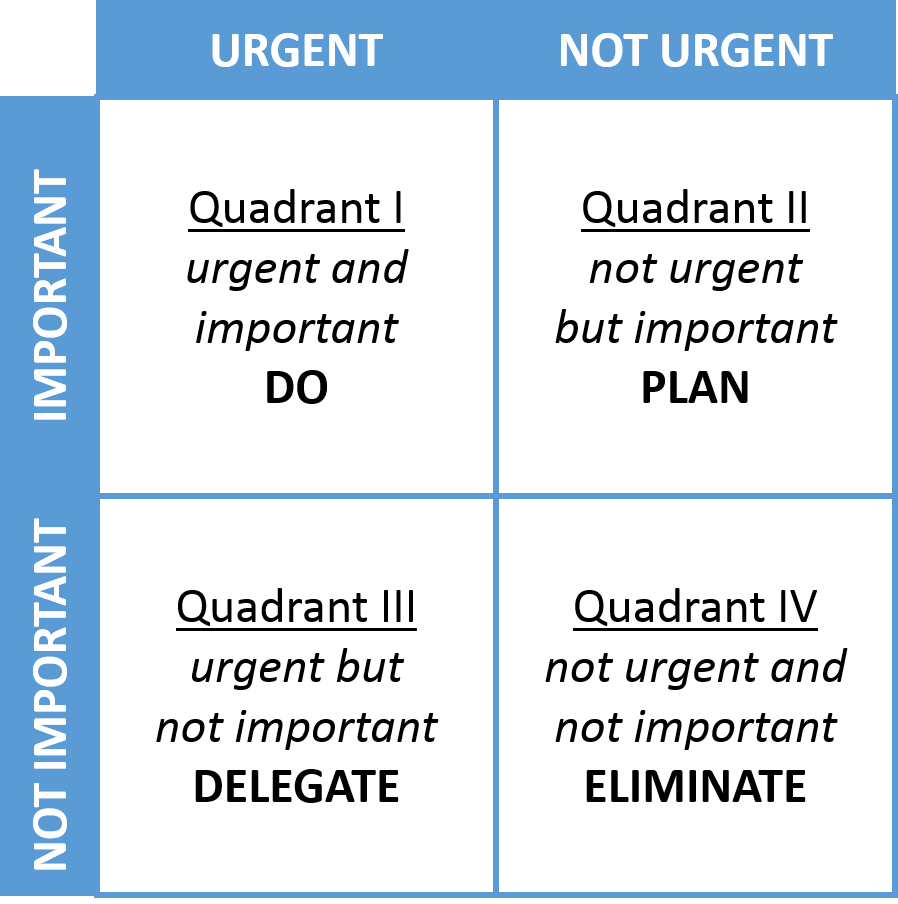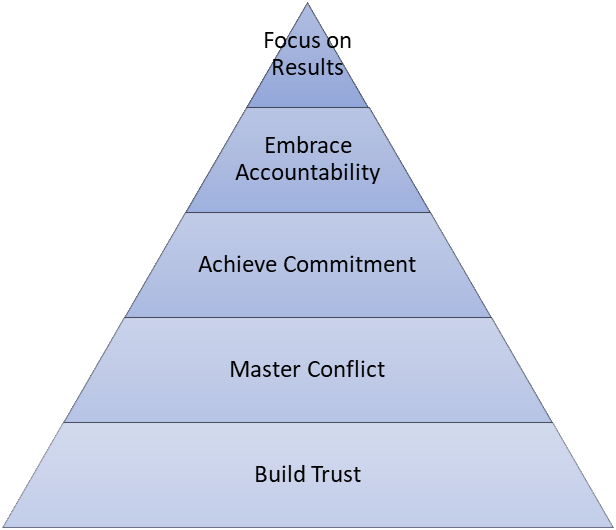Today’s business leaders are under intense pressure to perform personally, in managing their teams, and in running their organization. Tight budgets and deadlines, along with high expectations for quality and efficiency can create environments that push leaders and their direct reports apart, reducing communication and trust, and defeating managers’ best intentions to act as good leaders. Transformative leadership coaching provides a high-return investment into the company’s top leaders, training them to guide themselves and their teams more effectively.
What Leadership Coaching Looks Like
Today’s world is full of coaches – from the head of a child’s sports team to a supportive companion for life decisions. However, in the business world, a coach means something much different. A leadership or executive coach is a trained professional who acts as a thinking partner, guiding leaders and managers to set and achieve their personal and professional goals. More than just a sounding board, a leadership coach provides:
- Thought-provoking questions to guide introspection and grow self-awareness
- Objective perspective to assist in identifying priorities of importance
- Resources and tools to help leaders to identify and reach their defined goals
- Motivation and accountability for growth
- Confidential and detached assessments of others’ perceptions of their leadership
Looking Past the Urgent to Identify the Important
Busy business leaders spend an exceptionally large portion of every workday responding to emergencies that arise. In the language of Stephen Covey’s decision-making matrix, business leaders become fixated on the urgent: checking off items on their to-do list or responding to emerging issues. There is little time set aside to focus beyond the team’s immediate needs and address those important questions that will guide the future of the business.
By focusing on the urgent, leaders develop the ability to think fast and respond quickly. However, that focus does not allow for those same leaders to take the time to think slowly and deeply about the things most important to the success of the business. In Thinking, Fast and Slow, psychologist Daniel Kahneman wrote that slow thinking involves deliberate focus, consideration, reasoning, and analysis. While difficult to believe, thinking fast is basically emotional. Most leaders underestimate the influence has on their perceptions, judgements, and decision-making. Coaching provides leaders the time and structure to think slowly about what is ultimately most important. It makes time for leaders to check in with their goals and intentions, ensure that they are working according to their values, and make the best use of strengths: their own and their team members’. This in turn fosters a collaborative mindset that leaders can take to their teams, helping everyone be more deliberate and proactive in their choices at work.

Image by David J. C. Morris
Get Help with Leadership, Conflict Resolution, and Business Strategy
Talk to a consultant who can help you make strategic decisions about the future of your business.
Does Leadership Coaching Work?
Business owners and leaders often work with exceptionally tight budgets. It can be difficult to justify devoting limited assets to something as intangible as coaching. They want to know there will be a return on their investment of time, energy, and resources.
Ninety-eight percent of coaching clients walk away with practical and realistic input they can put into practice immediately. These same clients say coaching helps them identify specific behaviors to help them achieve their goals. (Center for Creative Leadership study, 2016). Nearly two thirds say that coaching has a positive impact on their performance and job satisfaction (BlessingWhite Consulting, 2015). Many find that the skills learned through coaching transfer to other parts of their lives as well, improving their relationships with family members, and heightening work-life balance. (Anthony Grant, 2013).
Beyond clients’ own subjective reports of improved wellbeing and professional improvement, coaching also has a measurable return on investment. A study by MetrixGlobal, LLC, found an ROI of 689% on the cost of executive coaching, including the opportunity costs connected to the leaders’ time away from the job. Another study by the International Coach Federation (ICF) found the return on investment was between $4 and $8 for each dollar spent on coaching leaders, managers, and executives.
Coaching Leaders Creates Leaders Who Coach
That strong return on investment comes in part from the way the skills learned in coaching so easily transfer to the members of a leader’s team. Coaching guides leaders to interact more positively with their direct reports, teaching them to:
- Communicate clearly and transparently
- Establish clear goals and measurable milestones
- Deliver on promises made
- Respect employees’ ability to make decisions and act autonomously
- Advocate for their team’s professional development and career growth
Once leaders learn to effectively master these skills for their own purposes, they will naturally start to use them in managing their team. Over time, this helps team members become able to more effectively coach their direct reports. Team members themselves will begin to frame issues in similar ways, leading to better group cohesion and more efficient management.
Introspective Transparency Leads to Vulnerable Trust

Investing in leadership coaching also allows for improved team dynamics and removes cooperative disfunction. In his book, The Advantage, Patrick Lenioni advocates for a working environment centered on truth, even – and perhaps especially – unpleasant and uncomfortable truths. When a leader comfortably and quickly acknowledges his or her own mistakes, weaknesses, failures, and need for help, it creates a vulnerability-based trust that allows their team members to do the same. Rather than hiding proof of their mistakes, team members will come to understand the benefits to making them, taking responsibility for them, and then accepting coaching around those mistakes so that they may learn from them.
However, this kind of vulnerable trust must be earned from the top down. If a leader demands that team members accept responsibility for their mistakes without first acknowledging their own, it creates an authoritarian environment that will frustrate collaboration and, in many cases, increase team dysfunction and conflict.
Still, many leaders fear expressing vulnerability to their teams. They may feel cultural pressure to project strength when expressing weakness would have better results. A leadership coach can help leaders understand the benefits of a vulnerability-based trust model and become more comfortable exposing their own weakness through careful introspection and intentional transparency with the members of their team.
Guidance for Leaders to Understand Their Strengths and Identify Their Weaknesses
The higher a manager climbs within the corporate structure, the less hands-on guidance they receive from their supervisors. Executive-level bosses have high expectations and their own busy schedules to manage, so often the only feedback a developing leader receives is when something goes wrong. Those beneath them in the corporate structure may be afraid of negative consequences if they offer anything but praise. However, feedback is essential to understanding a leader’s strengths and illuminating their blind spots.
Uncovering Unconscious Incompetence
Every leader has areas where they believe their skills are different than they are. Marshall Goldsmith surveyed a variety of Fortune 100 executives. About 70% of those executives believed they were in the top 10% — an obvious impossibility. This tendency to overestimate one’s ability happens at every level of a business, and in other parts of life as well. High percentages of people believe themselves to be better-than-average drivers, cooks, or dressers. This is often called “unconscious incompetence” or “blind spots.” Although this theory is often attributed to Abraham Maslow, it was developed in the 1970s by an employee of Gordon Training International, Noel Burch.

The problem is that these self-assessments are often made without a metric to measure against. If a leader can imagine or name individuals who are worse at a particular skill, they may not realize they themselves still have significant room for improvement. Self-assessment also carries with it a lack of objectivity. Without feedback from team members, supervisors, and other stakeholders, leaders will be unable to cast light on the shadows of their own self-awareness and see where changes may be most effective.
This is where external feedback becomes essential. A leadership coach can facilitate stakeholder interviews in a way that shields direct reports from negative backlash and includes individuals the leader may be uncomfortable speaking to directly. By using a third-party coach, the leader can gain unbiased assessments of their skills to close the gap between their own perception and others’ experiences with them.
Coaching can help bring both a leader’s strengths and challenges into focus, giving them the appropriate weight, and allowing the leader to see where focused growth can bring the biggest improvements for their professional career, and the management of their team.
Utilizing Leadership Strengths
This lack of self-assessment can, and often does, go in both directions. A leader may simultaneously overestimate their abilities in weak areas and underutilize or underappreciate their strengths. As humans, leaders naturally gravitate toward the negative: “What could go wrong?” or “What is the worst that could happen?” This is a protective mechanism. It allows leaders to be prepared and responsive when the worst does happen. However, indulging this negativity bias also turns leaders away from the positive parts of their personalities, and their careers: what they are good at, and what is going well.
Most coaching relationships begin with an assessment. This puts the focus on what the leader’s best attributes are. From there, the coach can guide the leader to increase their strengths and use them in ways that shores up or supplements their weaknesses. For example, if a leader has a strong ability to see team members’ value, but is challenged in accomplishing everything on to-do list, a coach may guide them to identify skilled team members and delegate tasks to people who can competently address them.
By placing a forced focus on a leader’s strengths, a coach can draw leaders’ attention away from an imagined or exaggerated risk. By pairing objective assessments with stakeholder interviews, coaches help leaders focus on the reality of the situation at hand, and the tools at their disposal to overcome the challenges that present themselves.
Transformative Coaching for Team Communication and Collaboration
Ultimately, managers and leaders need to be able to effectively foster growth and productivity among their teams. This requires a collection of skills that Daniel Goleman calls Emotional Intelligence (EI). Much of what has come before this section falls under the umbrella of EI. However, emotional intelligence goes beyond self-assessment and self-management. It also encompasses how leaders interact with the people they lead.
Fostering Empathy for Direct Reports
One aspect of the interpersonal side of emotional intelligence is social awareness. This skill allows leaders to understand and empathize with their team members’ situations and emotional states, as well as their positions within the larger organization. For example, a leader with strong social awareness may suspect that a junior team member has more ideas than they are sharing, possibly because they feel nervous about speaking in front of their bosses or are worried their perspective will be rejected due to lack of experience. A socially aware leader will pick up on the subtle emotional tells the junior team member is exhibiting, identifying their emotion, and empathizing with it. As leaders gain power, they experience less empathy, specifically in the form of neural mirroring. Coaching can help leaders develop or maintain empathy by asking the questions that cast light on team members’ feelings, their social position within the company, and how those issues affect their productivity.
Developing Relational Management Strategies
Another aspect of emotional intelligence critical for effective leadership is relationship management. This goes beyond being a “people person” or maintaining a positive outlook. It involves understanding a manager’s influence over and inspiration of their team. This invariably facilitates a leader utilizing his empathic capacities, more deeply connecting with his team members, and inspiring them.
Many leaders underestimate the influence they have on their teams. A leader’s mood or disposition can sour a meeting or empower team members to be proactive. Team members may often alter their performance based on a leader’s emotions – even when those emotions are based on outside circumstances. Coaching can help leaders understand how their own moods, motivation, and attitude can be passed on to the members of their team, as well as how their team’s emotional state may be affecting their own outlook on a project or priority. By understanding and adjusting the way they express their feelings, leaders can inspire their team toward greater autonomy and a healthier workplace culture.
Building Up Conflict Management Skills
When conflict does arise, managing the tension between team members falls to a leader as well. Many amiable leaders appear to have high emotional intelligence. However, if they simultaneously avoid conflict or difficult conversations with under-performing members of their team, they could be masking uneven emotional management skills beneath the veneer of positive outward emotions.
There are entire leadership training workshops around managing and resolving conflict in the workplace. Still, coaching can help a leader develop emotionally intelligent strategies for conflict management within their teams, and their organization. Coaching is particularly effective because it occurs in an environment of trust that is focused on the coachee. Because coaches act as thought partners to leaders in the moment, they can help leaders explore options to resolve pending disputes, working through the potential costs, benefits, and consequences of different approaches. Putting together learning and doing and receiving feedback from team members along the way allows leaders to better integrate the conflict management skills they learn into their portfolio of leadership skills.
Leadership coaching provides managers, leaders, and executives with the skills, focus, and slow, unemotional thinking that they need to look beyond the crisis of the moment and visualize success for their teams. Ongoing coaching for mid-level and C-suite leaders makes professional growth a priority while also building up the leader’s team-management skills so they will be better able to respond to whatever interpersonal conflict or management challenge that should arise. By setting aside time to work with a coach on self-awareness, empathy, and the other aspects of emotional intelligence, leaders can transform themselves and their teams in healthy ways that promote efficiency, productivity, and professional growth.
David Stanislaw is leadership and executive coach with over 30 years’ experience helping managers and leaders work efficiently and manage teams effectively. Contact us to meet with David and bring on a thought partner for your business goals today.


Recent Comments